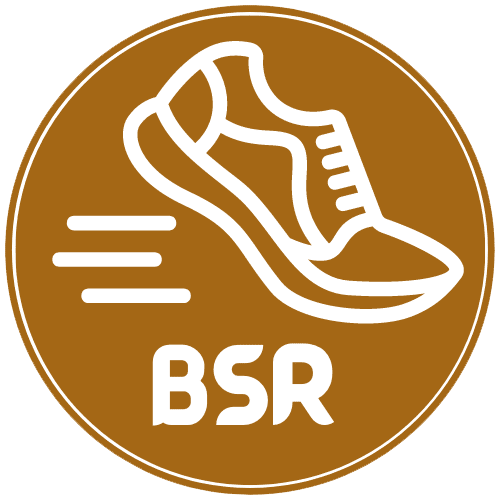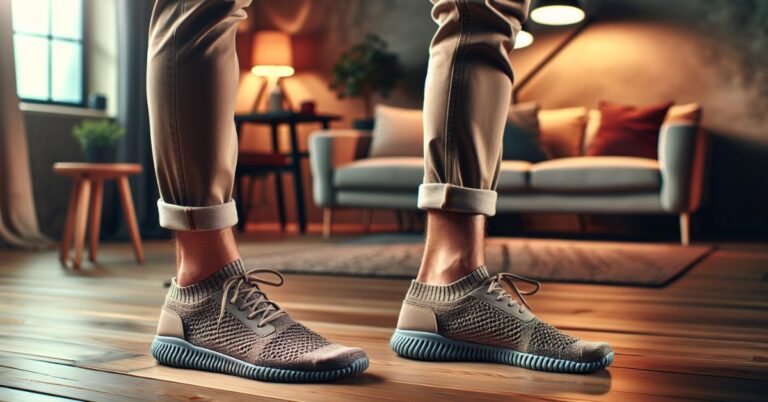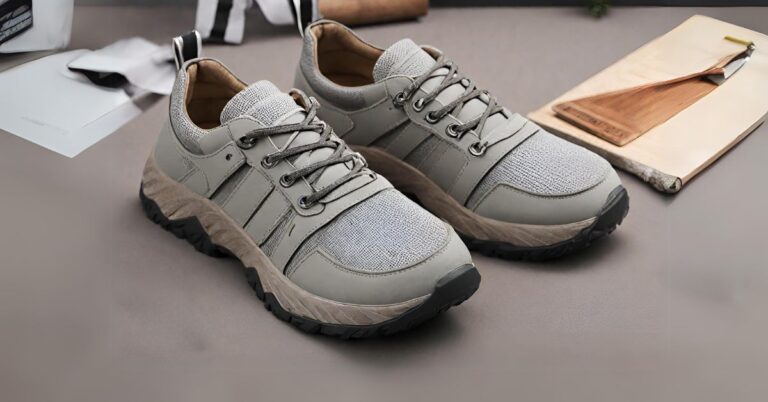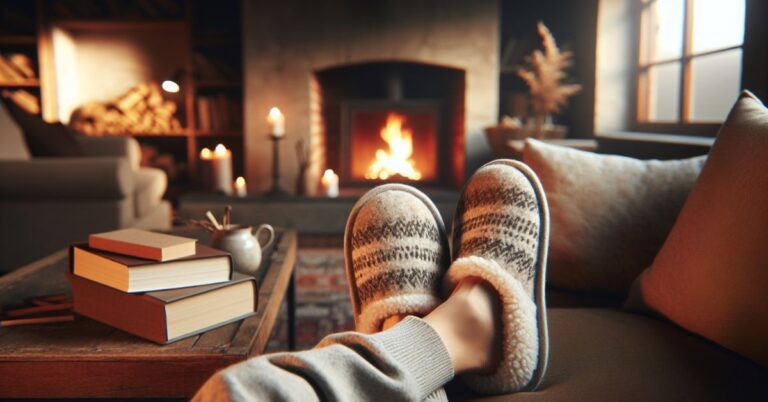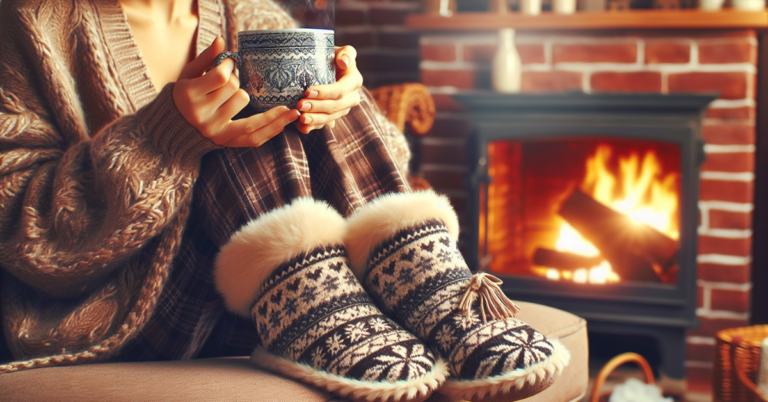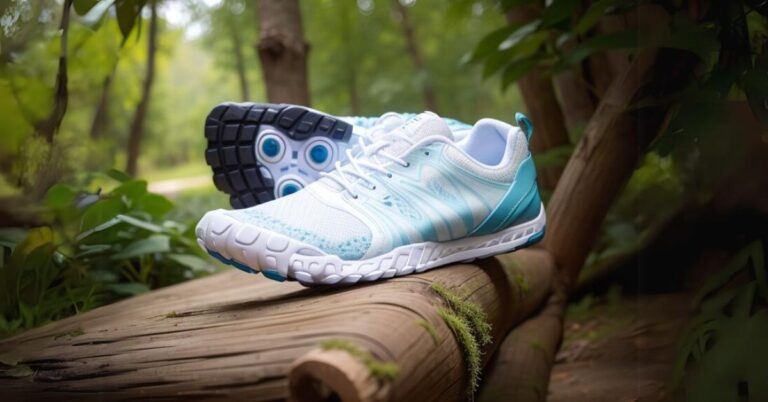Are Barefoot Shoes Good for Your Feet: Unveiling the Truth
Have you ever wondered if traditional shoes are actually good for your feet? Well, the concept of barefoot shoes might just provide a solution.
Summarizing the Pros and Cons of Barefoot Shoes
Pros:
- Improved foot strength and flexibility.
- Enhanced sensory feedback.
- Potential reduction in foot and leg injuries.
- Natural gait and posture alignment.
Cons:
- Lack of cushioning and impact protection.
- Increased risk of cuts and bruises.
- Not suitable for certain foot conditions or activities.
- Transition period required for adaptation.
Definition and Purpose of Barefoot Shoes
Barefoot shoes, also known as minimalist shoes, are designed to mimic the feeling of walking or running barefoot. They have thin soles and flexible materials that allow for natural movement of the feet. The purpose of barefoot shoes is to provide a more natural and unrestricted experience while still offering some protection from the elements.
Benefits of Wearing Barefoot Shoes
Are you curious about the latest trend in footwear? Barefoot shoes have gained popularity in recent years, and for good reason. These minimalist shoes are designed to mimic the feeling of walking barefoot, providing a range of benefits for your feet and overall well-being.
Improved Foot Strength and Flexibility
One of the key advantages of wearing barefoot shoes is that they promote stronger and more flexible feet. Traditional shoes often restrict foot movement, leading to weakened muscles and limited range of motion. Barefoot shoes allow your feet to move naturally, engaging the muscles in your feet and lower legs. This can help improve balance, stability, and overall foot health.
Better Balance and Posture
Wearing barefoot shoes can also improve your balance and posture. By allowing your feet to feel the ground beneath you, these shoes encourage proper alignment and proprioception. Proprioception refers to your body’s ability to sense its position in space. With improved proprioception, you can maintain better balance and posture, reducing the risk of falls and injuries.
Enhanced Sensory Feedback
Another benefit of barefoot shoes is the enhanced sensory feedback they provide. Traditional shoes with thick soles can dampen the sensations felt by your feet, making it harder to feel the ground beneath you. Barefoot shoes have thin soles that allow for greater sensory input, helping you connect with your environment and adjust your movements accordingly.
In conclusion, wearing barefoot shoes can offer a range of benefits for your feet and overall well-being. From improved foot strength and flexibility to better balance and posture, these minimalist shoes allow your feet to move naturally and provide enhanced sensory feedback. So if you’re looking for a new way to support your foot health, consider giving barefoot shoes a try!
Potential Risks and Concerns
Are barefoot shoes good for your feet? While there are numerous benefits to wearing barefoot shoes, it’s important to be aware of potential risks and concerns. Understanding these factors can help you make an informed decision about whether barefoot shoes are suitable for you.
Transition Period and Muscle Soreness
Transition Period: When transitioning from traditional shoes to barefoot shoes, there may be an adjustment period. This is because barefoot shoes encourage a more natural foot movement and engage muscles that may have been underutilized in traditional footwear. During this transition, some individuals may experience muscle soreness or discomfort. It’s important to gradually increase the duration and intensity of wearing barefoot shoes to allow your muscles to adapt.
Lack of Protection in Certain Environments
Environmental Hazards: Barefoot shoes provide minimal protection compared to traditional shoes. If you frequently encounter sharp objects, extreme temperatures, or rough terrain, barefoot shoes may not offer adequate protection. It’s essential to assess the environment and potential hazards before deciding to wear barefoot shoes.
Limited Support and Cushioning
Support and Cushioning: Barefoot shoes typically have minimal arch support and cushioning compared to traditional footwear. While this can promote a more natural foot posture and strengthen foot muscles, it may not be suitable for individuals with specific foot conditions or those who require additional support. If you have pre-existing foot issues or require extra cushioning, it’s advisable to consult with a healthcare professional before transitioning to barefoot shoes.
It’s important to note that individual experiences may vary when wearing barefoot shoes. Some people find them beneficial for improving foot strength and posture, while others may find them uncomfortable or unsuitable for their specific needs. Consulting with a healthcare professional or podiatrist can provide personalized guidance based on your foot health and lifestyle.
How Barefoot Shoes Work
Many people are curious about the benefits of wearing barefoot shoes and how they can improve foot health. These shoes are designed to mimic the feeling of walking barefoot, allowing your feet to move and function naturally. But how exactly do barefoot shoes work?
Minimalist Design and Thin Sole
One key feature of barefoot shoes is their minimalist design and thin sole. Unlike traditional shoes with thick cushioning and arch support, barefoot shoes have a thin sole that allows your feet to feel the ground beneath them. This promotes better proprioception, or the body’s awareness of its position in space, which can help improve balance and stability.
Wide Toe Box and Zero Drop
Another important aspect of barefoot shoes is their wide toe box and zero drop design. Traditional shoes often squeeze the toes together, leading to foot deformities and discomfort. Barefoot shoes, on the other hand, provide ample space for the toes to spread out naturally. Additionally, they have a zero drop, meaning there is no height difference between the heel and the toe. This encourages a more natural gait and reduces strain on the feet and joints.
Natural Foot Movement and Grounded Feel
By allowing your feet to move naturally and maintaining a grounded feel, barefoot shoes promote proper foot mechanics. They encourage a midfoot or forefoot strike when walking or running, which can reduce impact on the joints and minimize the risk of injuries such as shin splints or plantar fasciitis. The flexible sole of barefoot shoes also allows for greater flexibility in the foot muscles, strengthening them over time.
In conclusion, barefoot shoes work by providing a minimalist design with a thin sole, wide toe box, zero drop, and promoting natural foot movement. By wearing these shoes, you can improve foot health, enhance balance and stability, and reduce the risk of common foot injuries. So, if you’re looking for a more natural and comfortable footwear option, barefoot shoes may be worth considering.
Are Barefoot Shoes Suitable for Everyone?
Many people are curious about the benefits of wearing barefoot shoes and wonder if they are suitable for everyone. While barefoot shoes can offer certain advantages, it is important to consider individual foot types and professional recommendations to determine if they are the right choice for you.
Considerations for Different Foot Types
- Flat Feet: Individuals with flat feet may find barefoot shoes beneficial as they promote a more natural foot position and can help strengthen the arches over time.
- High Arches: People with high arches may need additional support and cushioning that barefoot shoes may not provide. It is advisable to consult with a podiatrist or footwear specialist to determine the best options for high-arched feet.
- Foot Conditions: Individuals with specific foot conditions such as plantar fasciitis, bunions, or hammertoes should seek professional advice before considering barefoot shoes. These conditions may require specialized footwear with additional support or modifications.
Professional Recommendations and Guidelines
Before transitioning to barefoot shoes, it is recommended to:
- Consult a Podiatrist: A podiatrist can assess your foot health, provide personalized advice, and recommend suitable footwear options based on your specific needs.
- Gradual Transition: It is important to transition slowly into barefoot shoes to allow your feet and muscles to adapt. Start by wearing them for short periods and gradually increase the duration over time.
- Proper Fit: Ensure that your barefoot shoes fit properly, providing enough room for your toes to splay naturally while still offering adequate support and protection.
While barefoot shoes can be beneficial for some individuals, it is crucial to consider individual foot types, any existing foot conditions, and seek professional advice before making a decision. By doing so, you can determine if barefoot shoes are suitable for you and enjoy the potential benefits they offer.
Research and Scientific Evidence
Are barefoot shoes good for your feet? This question has sparked a lot of debate among health enthusiasts and researchers alike. Let’s take a closer look at the studies and scientific evidence surrounding the effects of barefoot shoes on foot health.
Studies on the Effects of Barefoot Shoes on Foot Health
Over the years, several studies have been conducted to evaluate the impact of barefoot shoes on foot health. Here are some key findings:
- Improved Foot Strength and Function: Research suggests that wearing barefoot shoes can enhance foot strength and function. These shoes promote natural movement patterns, allowing the muscles in your feet to work more efficiently.
- Reduced Risk of Foot Problems: Studies have shown that barefoot shoes can help reduce the risk of certain foot problems, such as plantar fasciitis and bunions. By providing a more natural foot posture, these shoes can alleviate pressure on specific areas of the foot.
- Better Balance and Stability: Wearing barefoot shoes can improve balance and stability by enhancing proprioception, which is your body’s ability to sense its position in space. This increased sensory feedback can lead to better overall foot control.
- Caution for Certain Individuals: While barefoot shoes offer benefits for many people, it’s important to note that they may not be suitable for everyone. Individuals with certain foot conditions or structural abnormalities should consult with a healthcare professional before transitioning to barefoot shoes.
In conclusion, the scientific evidence suggests that barefoot shoes can be beneficial for foot health by improving strength, reducing the risk of certain foot problems, and enhancing balance and stability. However, it’s crucial to consider individual circumstances and seek professional advice when making footwear choices.
Choosing the Right Barefoot Shoes
For those seeking a more natural and minimalist approach to footwear, barefoot shoes have gained popularity in recent years. But are they really good for your feet? Let’s explore the factors to consider when selecting barefoot shoes and some popular brands and models to help you make an informed decision.
Factors to Consider when Selecting Barefoot Shoes
- Anatomical Shape: Look for shoes that mimic the natural shape of the foot, allowing your toes to splay and move freely. This promotes better balance, stability, and foot strength.
- Flexible Sole: A flexible sole allows your feet to move naturally and adapt to different surfaces. It also helps strengthen the muscles in your feet and lower legs.
- Minimal Cushioning: Barefoot shoes typically have minimal cushioning to provide a more natural feel. However, it’s important to find a balance between protection and ground feel based on your individual needs and preferences.
- Wide Toe Box: Look for shoes with a wide toe box that allows your toes to spread out naturally. This can help prevent issues like bunions and promote overall foot health.
Popular Brands and Models
- Vibram FiveFingers: Known for their glove-like fit, Vibram FiveFingers offer a variety of styles for different activities, from running to hiking.
- Xero Shoes: Xero Shoes specialize in lightweight, minimalist footwear for various outdoor activities. They offer a range of styles, including sandals and sneakers.
- MERRELL Vapor Glove: The MERRELL Vapor Glove is a popular choice for its lightweight design, flexibility, and breathability. It provides a barefoot-like experience for running and other activities.
- VIVOBAREFOOT: VIVOBAREFOOT offers a wide range of barefoot shoes for different activities, including running, walking, and casual wear. They focus on creating shoes with an anatomically shaped sole and minimal cushioning.
Remember, it’s important to gradually transition into barefoot shoes and listen to your body’s feedback. Consulting with a podiatrist or footwear specialist can also provide valuable guidance in finding the right barefoot shoes for your feet.
Proper Transitioning and Care Tips
Are you considering trying out barefoot shoes for the first time? Transitioning to barefoot shoes can be a beneficial choice for your feet, but it’s important to do it properly. Additionally, taking care of your barefoot shoes will help ensure their longevity and performance.
Gradual Transitioning Process
When transitioning to barefoot shoes, it’s crucial to take it slow and allow your feet to adapt. Here are some tips to help you through the process:
- Start with short periods: Begin by wearing your barefoot shoes for short periods, gradually increasing the duration over time. This allows your feet and muscles to adjust to the new movement patterns and support.
- Listen to your body: Pay attention to any discomfort or pain during the transition. If you experience any issues, take a step back and give your feet more time to adapt before progressing further.
- Strengthen your feet: Incorporate exercises that focus on foot strength and flexibility. This can help prepare your feet for the unique demands of barefoot shoes.
Maintaining and Cleaning Barefoot Shoes
To ensure the longevity and performance of your barefoot shoes, follow these care tips:
- Air them out: After each use, allow your barefoot shoes to air dry naturally. This helps prevent odor buildup and maintains their freshness.
- Clean as needed: If your shoes get dirty, gently wipe them with a damp cloth or sponge. Avoid using harsh chemicals or submerging them in water, as this can damage the materials.
- Store properly: When not in use, store your barefoot shoes in a cool, dry place away from direct sunlight. This helps prevent deterioration and maintains their shape.
By following these transitioning and care tips, you can enjoy the benefits of barefoot shoes while ensuring their longevity and performance. Remember to listen to your body and take it slow during the transition process for optimal results.
Conclusion
After weighing the pros and cons of barefoot shoes, it is clear that they can be beneficial for some individuals, but may not be suitable for everyone. It ultimately depends on personal preference, foot health, and specific needs. Here is a summary of the main points discussed:
